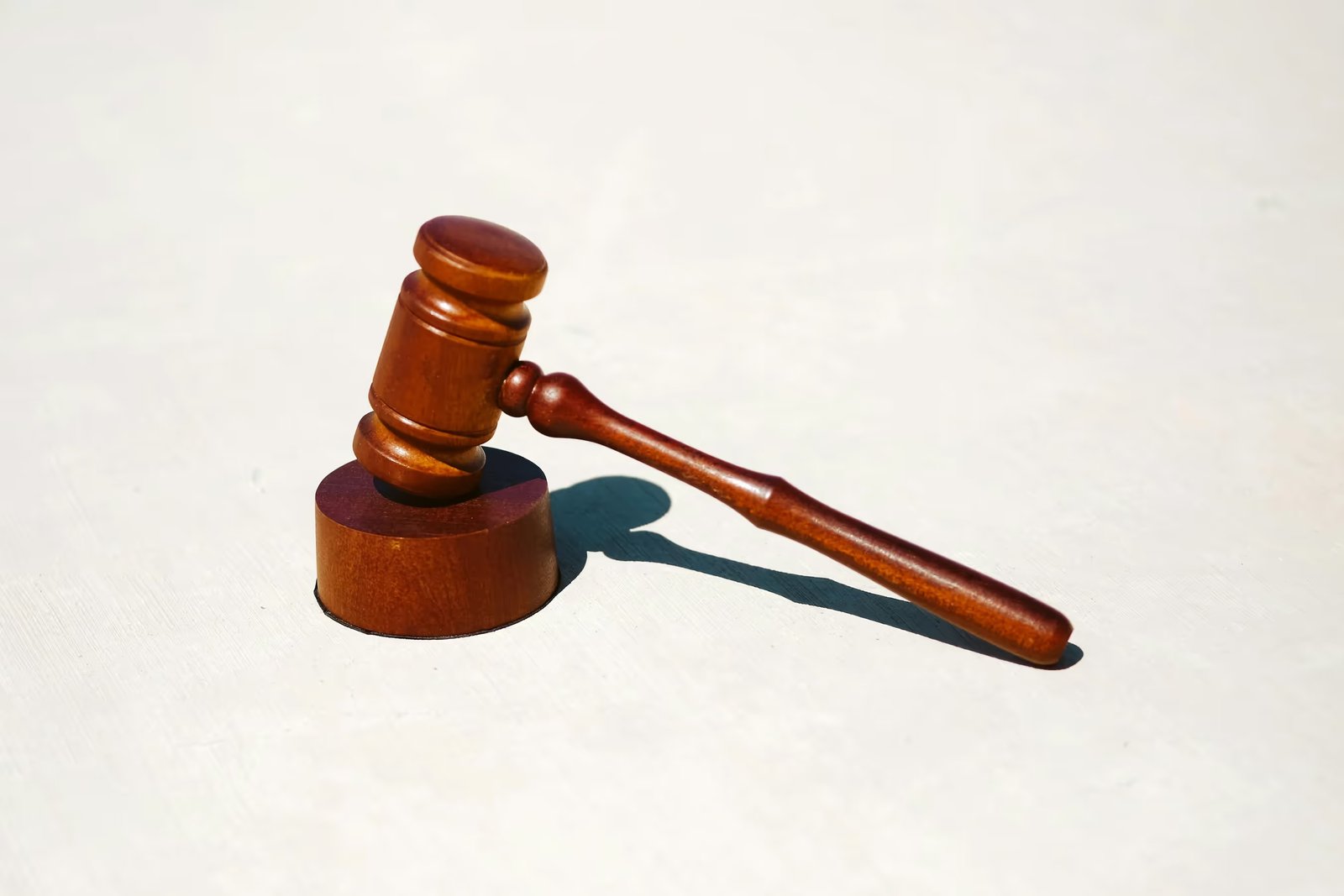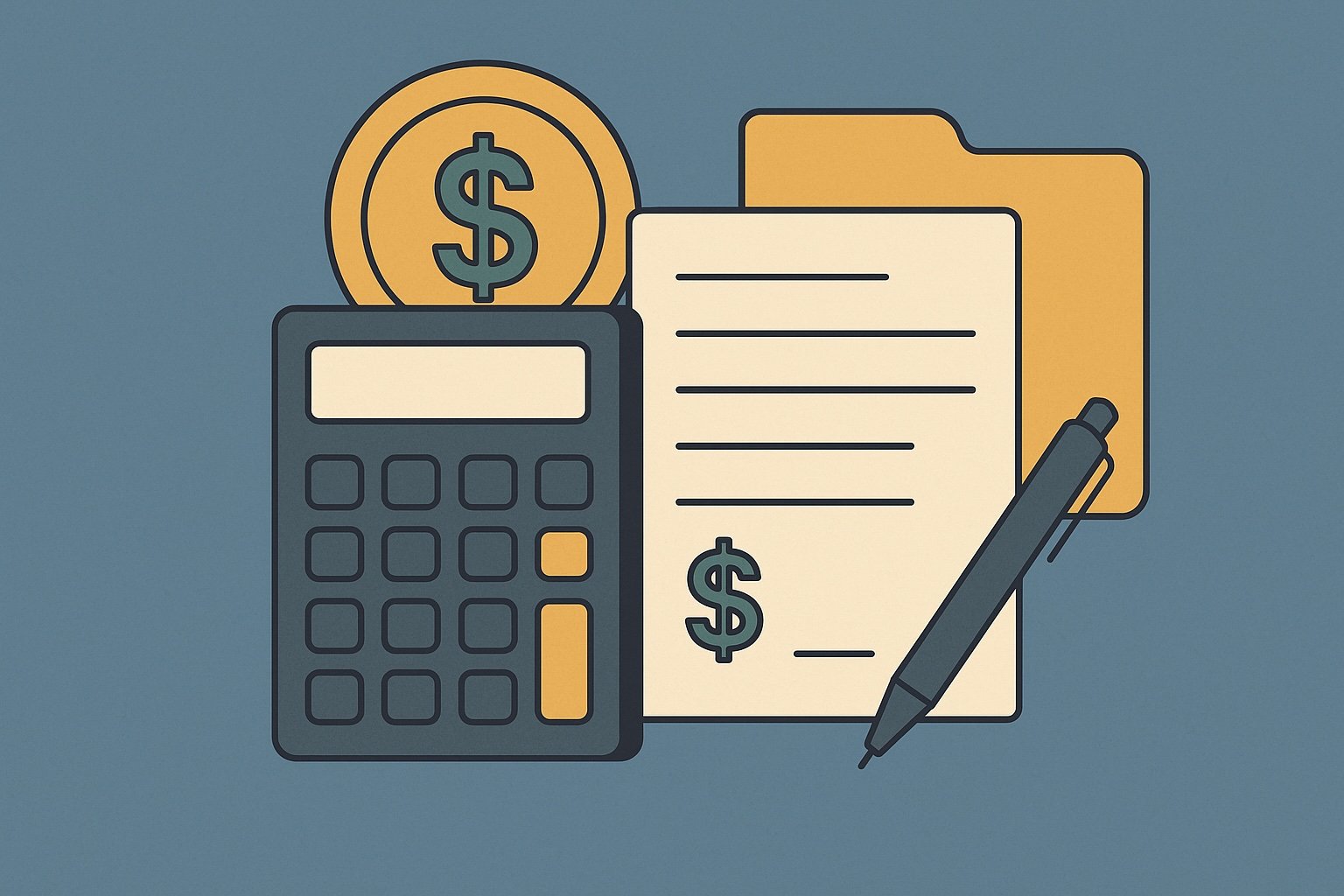Question
ARTE's Answer
A delayed 1031 exchange, also known as a deferred exchange, is a type of real estate transaction that allows investors to defer capital gains taxes on the sale of an investment property by reinvesting the proceeds into a like-kind property. This process is governed by Section 1031 of the Internal Revenue Code, which provides the framework for tax-deferred exchanges of property held for productive use in a trade or business or for investment.
In a delayed 1031 exchange, the investor sells their relinquished property and then has a specific timeframe to identify and acquire a replacement property. The key timelines involved in a delayed exchange are:
- 45-Day Identification Period: The investor has 45 days from the sale of the relinquished property to identify potential replacement properties. The identification must be in writing, signed by the investor, and delivered to the qualified intermediary or another party involved in the exchange.
- 180-Day Exchange Period: The investor must complete the acquisition of the replacement property within 180 days of the sale of the relinquished property. This period runs concurrently with the 45-day identification period, meaning the entire exchange must be completed within 180 days.
To facilitate a delayed 1031 exchange, the investor must use a qualified intermediary (QI), like us at Deferred.com. The QI plays a crucial role in ensuring the transaction meets the requirements of Section 1031 and that the investor does not have constructive receipt of the sale proceeds, which would disqualify the exchange.
Here’s an example to illustrate how a delayed 1031 exchange works:
Imagine you own an investment property, a rental house, that you purchased for $200,000 several years ago. The property has appreciated, and you now sell it for $400,000. Without a 1031 exchange, you would be subject to capital gains taxes on the $200,000 gain. However, you decide to defer these taxes by engaging in a delayed 1031 exchange.
- Sale of Relinquished Property: You sell the rental house for $400,000. Instead of receiving the proceeds directly, you engage Deferred.com as your qualified intermediary. We hold the funds from the sale in a secure account.
- Identification of Replacement Property: Within 45 days of the sale, you identify a few potential replacement properties. Let’s say you identify a commercial building priced at $450,000 as your primary choice.
- Acquisition of Replacement Property: You have 180 days from the sale of the rental house to close on the purchase of the commercial building. You use the $400,000 held by Deferred.com as a down payment and secure a mortgage for the remaining $50,000.
By completing this exchange, you defer the capital gains taxes on the $200,000 gain from the sale of the rental house. The key to a successful delayed 1031 exchange is adhering to the strict timelines and using a qualified intermediary like us at Deferred.com to ensure compliance with IRS regulations. This strategy allows you to keep your equity working for you by reinvesting in a new property, potentially increasing your investment portfolio’s value without the immediate tax burden.
Have more questions? Call us at 866-442-1031 or send an email to support@deferred.com to talk with an exchange officer at Deferred.
Sources
- TAM 200039005 (Failed Reverse Exchanges)
- Goolsby v. Commissioner
- 1.1031(k)–1 (IRS Code of Federal Regulations)
- Rev. Rul. 2002-83 (Related Party Exchanges)
- Evolution of Section 1031 Exchanges
- What To Do About Exchange Expenses in a Section 1031 Exchange? (Article)
- Deferring Losses On The Sale of Property Using 1031 Exchanges
1031 Question? Ask ARTE
Deferred's AI 1031 Research Assistant is trained on 8,000+ pages of US tax law and outperforms human CPAs by 22%+
CHAT NOW
Learn More
See more frequently asked questions about 1031 exchanges








